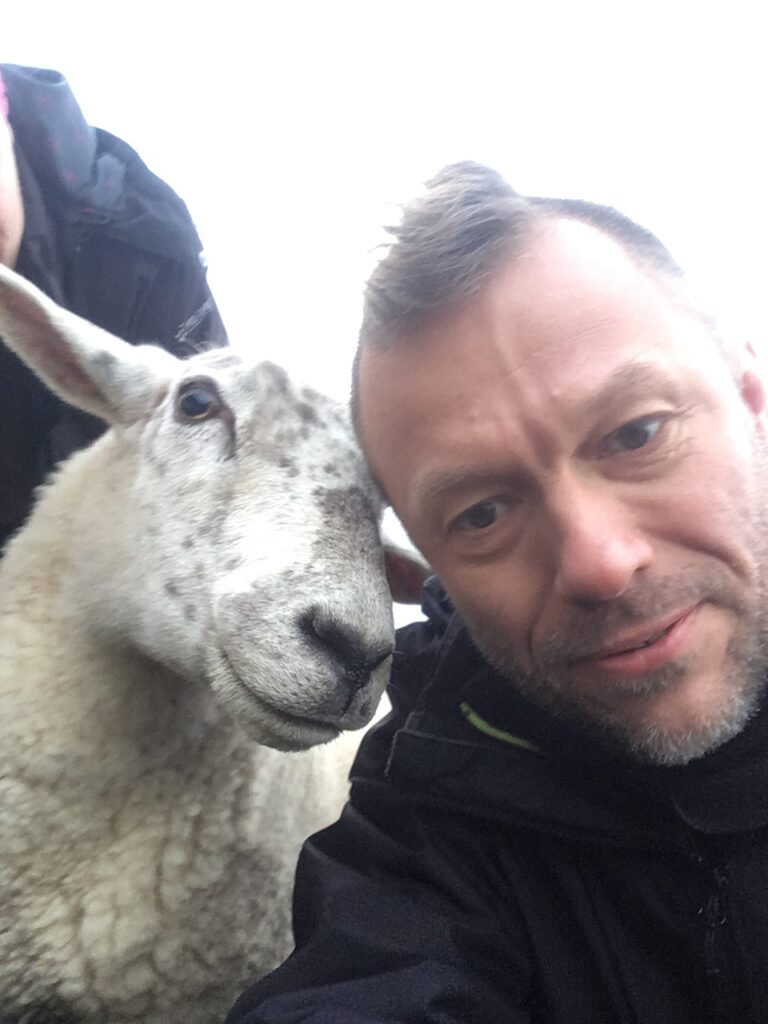
Tribe Animal Sanctuary Scotland has been active for the past four years and is an animal rights sanctuary based in the Clyde Valley, Scotland. It’s run by two people who believe that all animals, regardless their status in the lives of humans, deserve equal rights. We talked to Morag about the whole venture, everyday life challenges in the sanctuary and veganism.
Make sure you visit their website https://tribesanctuary.co.uk/ and we highly encourage you to give them your support. Any donation is important to keep the place running, which in short means, prolonging the lives of beautiful animals that have been rescued from slaughter.
SP: Can you introduce yourself first and tell the readers who runs TASS?
Morag: My name is Morag Sangster, a tattoo artist and now a vegan sanctuary owner. The sanctuary is called Tribe Animal Sanctuary Scotland or TASS and I run it with my husband John.
We lived in Edinburgh for a long time and when we decided to open the sanctuary, sold up there and moved to the countryside to start our animal sanctuary.
SP: What triggered you to start TASS? I assume this idea grew on you for quite a time until you took the plunge. When was this moment when you decided to do it?
Morag: I’ve always wanted to start an animal sanctuary, I became a vegetarian at 13 and a vegan in my early 20s and it bothered me that I couldn’t do more to save the animals. I knew I had to do what I could to change the way people eat and the way people view animals. If I could only convince one person to give up meat dairy and eggs I would’ve made a difference, but if I could also save actual animals, that would be amazing. I had visited and support other sanctuaries over the years and knew that this was something that I needed to do myself.
I have been saving money for this project for a long time because I didn’t want to start a sanctuary without funds and then get all these animals and not be able to feed them or to pay for the vet bills. I also wanted to be in a position where I wasn’t begging for money all the time, so I waited until I knew I was self-sufficient.
A few years ago I realised that the time was right to open the sanctuary, also because of the power of social media, I realise that this was the right time to start something like this. Veganism is on the rise and we feel that we can really push that with the right message online , Lots of people are interested in veganism and may just need that little push in the right direction.
SP: Was it an easy process? I believe it required a change in everyday lifestyle for you.
Morag: My husband John took some convincing at the time was right to start the sanctuary that I’ve been talking about all the time, but he agreed and accepted the challenge with me. We sold our house in Edinburgh and moved to the countryside which was a big step for us. John quit his job as a dog walker and became a full-time animal carer at the sanctuary, while I am still able to work as a tattooist to bring the money in. It’s been a huge change in lifestyle for us, but we wouldn’t want it any other way. We feel that we are making a difference now.
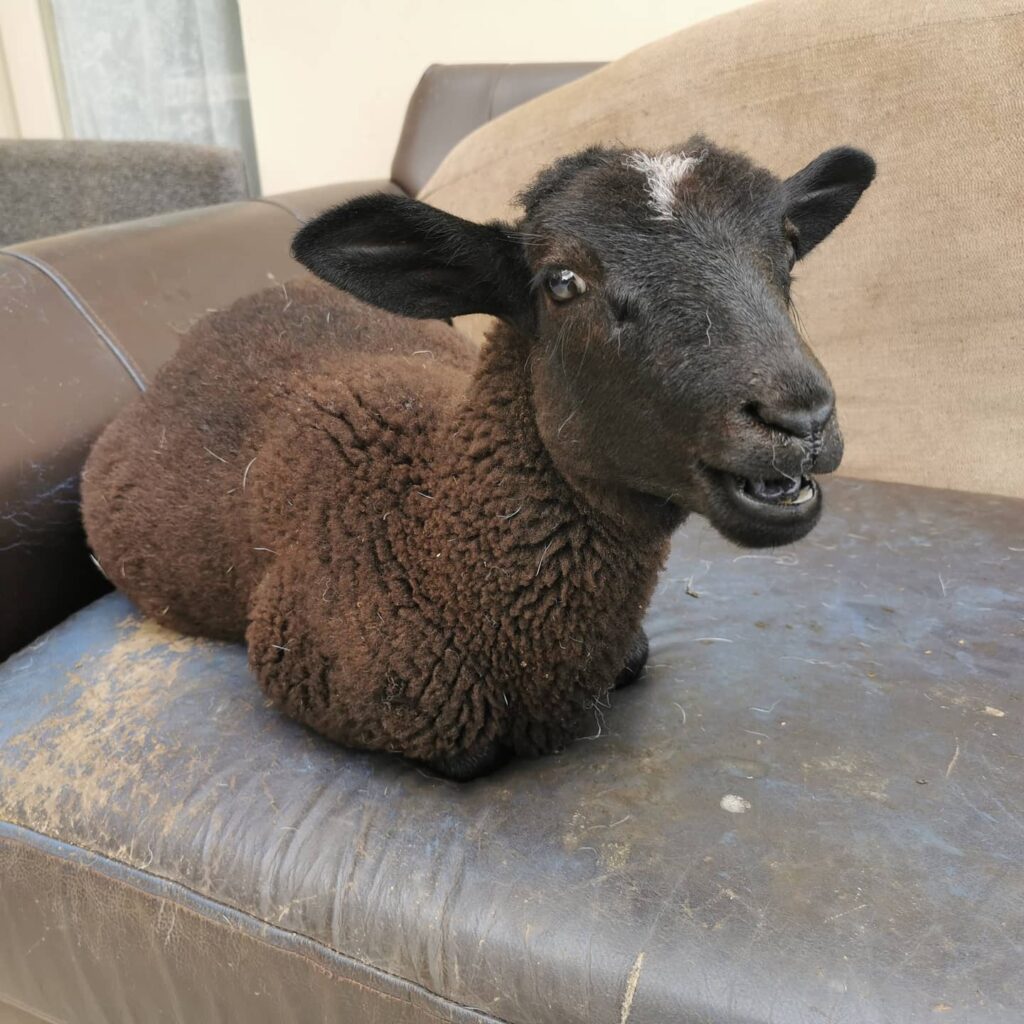
SP: What would you say is the main function of TASS at the moment and has it changed or developed since the creation of the place?
Morag: We set up the animal sanctuary four years ago because we felt that the time was right to help people understand that there is no difference between an animal that is considered a pet and is lavished with all kinds of love and attention, money and medical care, and by comparison a farm animal or food animal that is shown no compassion at all and is sent to slaughter after a short and miserable life. The question we have is how did our culture evolve to allow this kind of distinction to be seen as normal? How can people compartmentalise their thinking about animals to such a degree? We felt that if people could meet animals that are normally considered food animals and see that they have personalities and need love and support just like any dog or cat would, then maybe they would leave them off their plates and embrace a vegan lifestyle. That was the hope, that we could encourage veganism and thereby save lots of animals and reduce the consumption of meat and dairy and eggs. We also wanted to save animals from slaughter and abuse probably the more traditional type of animal sanctuary and and rescue work but working hand-in-hand with our social media work, and other vegan outreach. We know that we can only save so many animals before we run out of space and funds and grass and all that, but the ones that we do have, can be ambassadors for their species.
The sanctuary has grown in the last four years, at first we were able to rescue lots of animals -that was a great time because we could say yes to everybody that needed a home- but now we have reached our capacity and can’t really take any more animals. Our work now will concentrate on vegan outreach, letting people visit to the sanctuary and meet the animals, hopefully making the connection but there is no difference between the pig on your plate and the dog on your sofa. Now our work concentrates on talking about our experiences with the animals and letting people see for themselves that all animals deserve our respect and love.
SP: How did you come about the premises you now live in?
Morag: When we sold our house in Edinburgh we were looking for a spot in the countryside that was accessible for people from the two main cities in Scotland Edinburgh and Glasgow. This was so that people could come and visit easily but also so that I could get to work in Edinburgh and Glasgow. We found an old equestrian property which we could afford and which was in the right location, and have been turning it into an animal sanctuary ever since.
SP: As you say, every animal that lives in the sanctuary has a story. Having so many animals, are you still able to remember all those stories, differentiate between the sheep, for example? I guess the sanctuary has grown a lot since the beginning and there is more to remember.
Morag: There are over 100 animals at the sanctuary now and they all have names and stories behind them. The animals came to us gradually and not all at once and that’s how we can remember their names and their stories. It’s overwhelming for new people that come and meet all the animals at once, but for us our family grew quite organically and we had time to get used to everybody, embracing them into our little world. People think that sheep all look the same but when you’ve got your own sheep, you can quite easily tell them apart. Their faces are different, their voices are different, they behave differently from each other and you just get to know them. Sheep are great, so much personality so funny and so clever.
SP: So what and how many animals do you now have in the sanctuary?
Morag: We currently have two highland cows, 50 sheep, three donkeys, seven goats, seven pigs, four turkeys, a goose, four dogs, a cat and 40 chickens.

SP: Are you planning on taking more and if so, what are your criteria? Can you still just take in as many as you want or are you space limited?
Morag: We would love to take on more animals, but we have limited space. Some animals need lots of grass like the cows and the sheep, other animals need stables, secure fencing, and strong infrastructure, like the pigs. This limits how many animals we can take in without compromising the ones we already have. We want to provide a great life for the animals at the sanctuary, so we have to be realistic about how many animals can live here. We hate having to say no when someone asked us if we can take an animal. That’s really hard.
SP: What are the oldest animals in the sanctuary, in terms of both, their age and their stay in the sanctuary?
Morag: As a sanctuary we often take in animals that are old or have health problems, so unfortunately, we do have to deal with deaths. When we bought the property the owner left two old highland cows here, we said we would take them rather than they go to slaughter of course.They were 20 years old when they died, beautiful creatures. We have also had sheep die of old age at around 13 years old.
SP: You said you split roles managing the sanctuary. Can you elaborate more on this?
Morag: John and I split the work in a way that works for us. Obviously I have to travel to work and I’m away a lot, So John does a lot of the day-to-day running of the sanctuary. Our roles at the sanctuary have just evolved with us. I like to get up early in the morning so I do the morning breakfast shift, John is more of a night owl and does the evening work. Learning to work together as a team was surprisingly difficult at first, but we’ve worked it out and now have the work split up in a way that suits us.
We do have volunteers that come at the weekend and help with the cleaning.However the pandemic has taught us that you can’t rely on volunteers to get your work done. We can only grow as much as we can do the work ourselves, Because you don’t know what’s around the corner and you need to be able to be self-reliant. To be honest sometimes it’s quicker and easier to do the work yourself, then to train and supervise volunteers, so we keep our group of volunteers small. The volunteers we do have are fabulous.
SP: So what’s the typical day like for John since he is on the spot non stop?
Morag: John is pretty much tied to the sanctuary. It’s not just a job, it’s a lifestyle, and you can’t stay away from the sanctuary for too long, because somebody will be needing something at some point. Some jobs need to be done first thing in the morning, and others last thing at night, so it’s difficult for us to get away. Luckily there is nowhere we would rather be than at the sanctuary, so that’s not a problem.
SP: Do you both ever get days off work?
Morag: I get days off from tattooing, and if the weather is good John tries to get out on his motorbike if he can. However the work at the sanctuary is never done. Some jobs need done every day at the same time and there really isn’t any leeway. If one of us goes away on holiday or something, the other person has to do all the work themselves, so it doesn’t really seem fair.
SP: Do animals ever give you a hard time?
Morag: Some animals are arseholes, just like some humans are arseholes. They want to dominate and be boss, and we have to let them know that we are the bosses! We have a turkey called Leonard who hates John, it’s funny. For the most part the animals are brilliant, funny, smart and full of love.
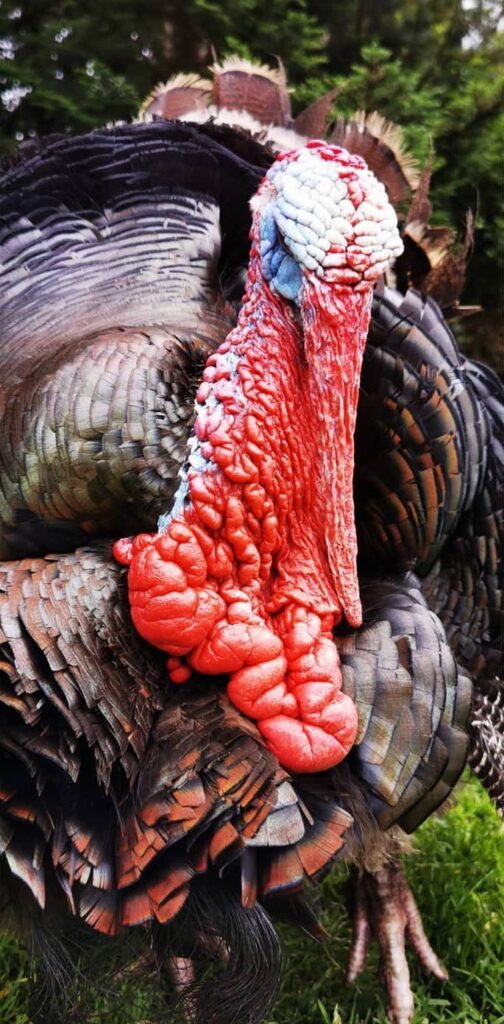
SP: Do they ever give each other a hard time?
Morag: Sometimes animals have disagreements. Usually it’s about rank or dominance, and in those cases you just need to let them sort it out. We manage to keep the peace by avoiding situations that could cause conflict, like feeding time. We need to keep some animals separate from each other when we feed them, because that’s the kind of situation that could bring the worst out in someone. As long as there is enough food and shelter for everyone, it’s usually peaceful.
SP: Working with animals you must have learned a lot about them, their lifestyle, habits, illnesses, etc Did you prepare for that beforehand or perhaps you’d already known that before you started or did you learn as you went along?
Morag: Before we started the sanctuary we only had experiences with cats and dogs, rats and guinea pigs, that kind of thing, traditional pets. We had to learn fast, and most of our knowledge comes from the Internet, YouTube actually! It’s amazing what you can find on YouTube! We also squeeze the vet for knowledge every time he or she comes.
SP: Tell us about sheep shearing. Is it necessary to do it from the early age or you need to do only to those sheep that used to be sheared in the past?
Morag: The sheep need to be shorn every year. Their fleece has been bred over the centuries to not come off on its own anymore. Normally animals change their fur once a year, but with sheep they need some help from humans. We can do a little bit of shearing ourselves, but with 50 sheep we need to get professional shearers in. This is one of those unfortunate situations where we intersect with the traditional farming community. Hopefully one day, there will be vegan sheepshearers, but at the moment we have to use what’s available to us. At least they do it fast. Faster than we can.
SP: How should we vegans approach wool then? What’s your stance here?
Morag: The value of wool is nothing these days. It’s not the valuable resource that people think it is, and usually it just gets composted or burned by the shearers. Wool is not nice stuff, it’s dirty and needs lots of chemicals to clean it and process it, so we don’t mind that it just gets composted.
Wool is an animal product, and as vegans we don’t use it for anything. Yes it needs to come off, no the animals don’t die in the process, but still we don’t want to use it for anything.
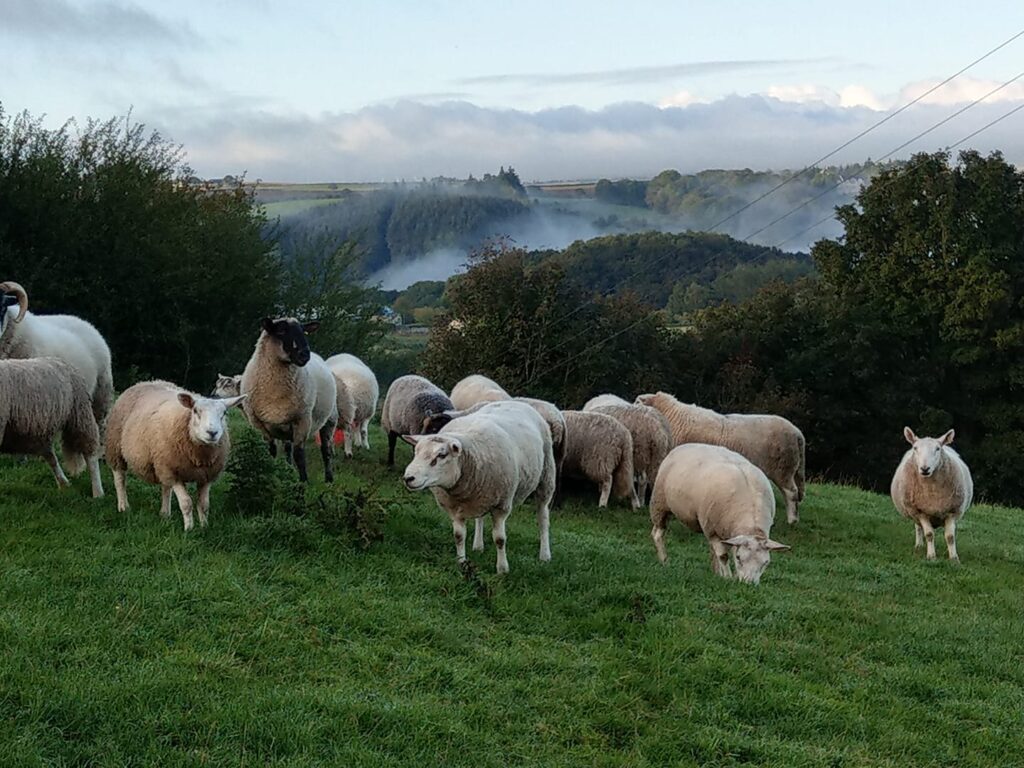
SP: Yeah, but how about, for instance, insulating the house/barn with it instead of composting it. Would you choose to do it so this could find a use (also for other animals), or still not?
Morag: We just prefer not to use it. We agree that it has uses, but to process it and stabilise it requires a lot of effort and chemicals, there are non animal products that work better than wool.
SP: You told me that you fund the sanctuary by both, your tattoo shop and donations from people. How popular are donations. Do you get supported by the locals or also by foreigners who have never visited you?
Morag: The tattoo studios fund the animal sanctuary, and we also take donations. We have got a small hut where people can stay and spend the night, and this brings in the money too. We are lucky that people like the work we do and are generous! Usually the donations come from people in Scotland who know our work, but sometimes we get support from people outside of the UK, usually because they follow us on social media and like our message.
SP: TASS is open to visitors. How popular is it among people? How often do they come, who mainly visits you?
Morag: We have Sunday visits during the warmer months, where we have about 30 people who we show around the sanctuary and meet and feed the animals. These people book their visit through Facebook, we don’t charge for this, but donations are always welcome of course. The people that come and visit are usually of followers and supporters, People that have got to know our animals through the work we do on social media and who want to come and meet them. The visits are super popular, and when we announce dates for the visit they get booked up within hours. We could do more visits if we had the time, But it really takes up all your day. We do feel that visits are an important part of the work that we do. A lot of the people that come are already vegan but they often bring friends and family who are not yet and that’s where we can make a difference. But we also feel that it’s important for vegans to interact with the animals in a positive way, because sometimes as a vegan all you see is unhappy and mistreated animals, so it’s good for the soul to connect with happy animals who are living their best life.
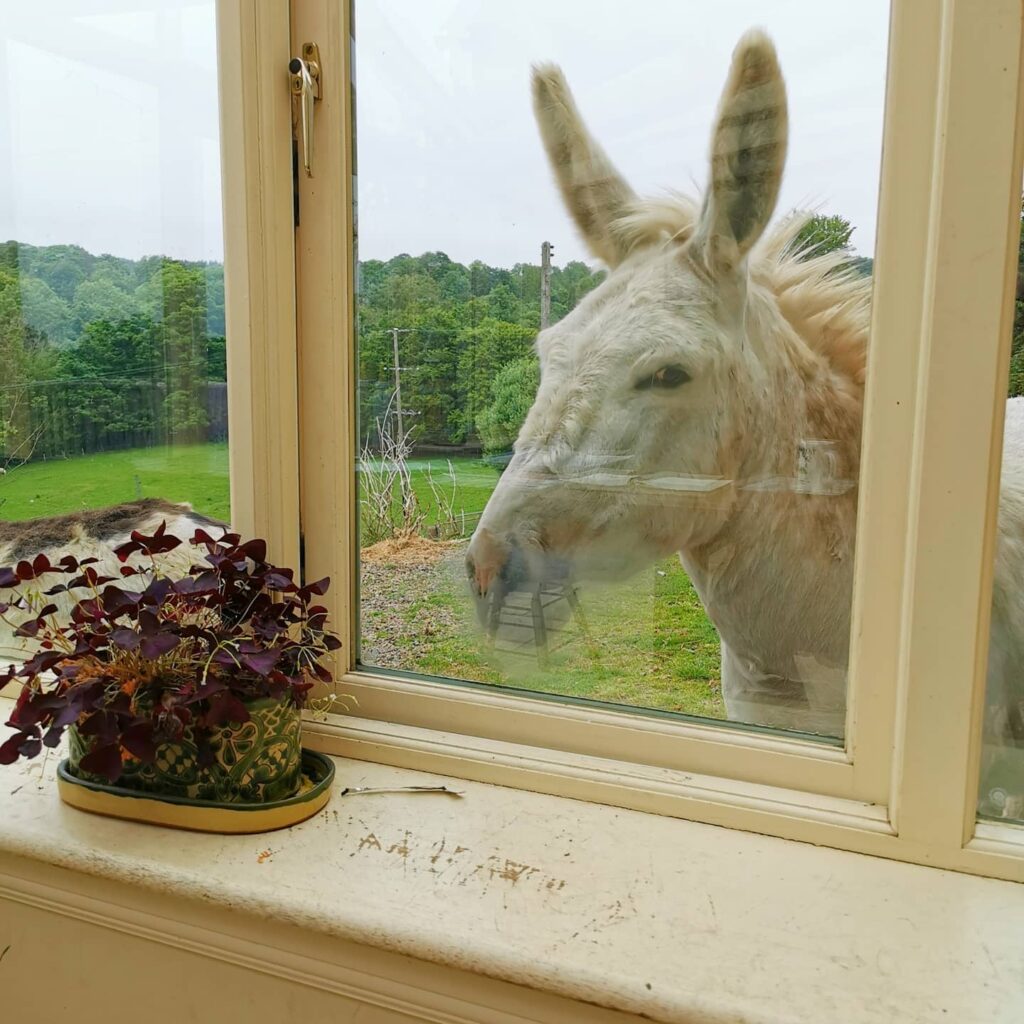
SP: I heard a nice story from John about a girl’s dad who went vegan or vegetarian after the visit to the sanctuary. I bet you witness more and more stories like that or similar.
Morag: We love to hear about people who have stopped eating meat or eggs or dairy after visiting the sanctuary and meeting our animals. That’s what it’s all about. We think that meeting the animals and looking them in the eye is powerful stuff. We also like to see people posting pictures of their visits up on their own social media and maybe get their friends talking and seeing the animals, you never know who you can influence to live a vegan lifestyle. There’s nothing better than showing people that all animals deserve love and compassion.
SP: Tell us about your newest addition to the sanctuary, a small wooden cabin for visitors you mentioned earlier. Are people interested in renting it? Am I right in saying it’s on the donkeys’ territory? What do the donkeys say?
Morag: We now have a little wooden hut that people can rent, it’s been very popular, mostly with vegans who like the idea of staying in the sanctuary and seeing the animals. Also knowing that the money goes to the sanctuary is a popular idea.The hut is in an old riding arena, which the donkeys sometimes use, and they seem to quite like having visitors staying in the hut. Donkeys are very curious, and will stare in the window to see who is inside, luckily most people that stay at the sanctuary would enjoy something like that! If you don’t like animals, you probably wouldn’t stay at an animal sanctuary, that’s our logic anyway!
SP: Do you often struggle with any animals’ health issues?
Morag: The animals often have health issues, and we have had to learn fast. It’s amazing, all the things that can go wrong! We do have farm vets in the area, who we can call, and they are usually very good, even though they don’t really understand our reason for keeping animals. Usually people keep animals for some kind of profit, so they can’t really wrap their head around us, we just have over 100 pets! The animals vet bills are probably our biggest expense.
SP: How are you perceived by the local community, neighbouring farmers, etc.? It must be weird for them to keep animals not for food. Do you get along?
Morag: The area we live in is semi rural, and we are surrounded by working farms. The farmers think we are a bit crazy, people from town pretending to be farmers… We have no issues with any of them and just stick to ourselves if we can. I don’t think you can ever change a farmer, so we don’t really try. To them it’s all about money, and you can’t argue with that. We wish we didn’t have to deal with animal agriculture in anyway, but we are right in the middle of it so we can’t avoid it.
SP: Are there any similar sanctuaries you know of in Scotland or the whole UK?
Morag: There are similar sanctuaries in Scotland and the rest of the UK, but everyone has their own focus. Ours was veganism, others might have other core values, some people just want to rescue as many animals as possible and rehome them, others only want to keep certain types of animals, and others still want to create more human centric environments. We hope we can encourage other people to start sanctuaries, even just small ones or even just to take in animals that they might not normally have thought would make great companions, like sheep pigs. The more people open sanctuaries the better it will be, we need more sanctuaries for sure!
SP: What would you say to people who already are vegans and are very conscious about their daily choices. What else can an individual do do better the situation for animals. Do you think direct action should still be the case? I am not suggesting this as an answer, just thought about ALF in the 90s in the UK, as an example.
Morag: There are lots of different ways to help the animals, from talking to others about changing their lifestyles and embracing veganism, to activism in the old ALF style. I love it all and think that different situations require different approaches.
